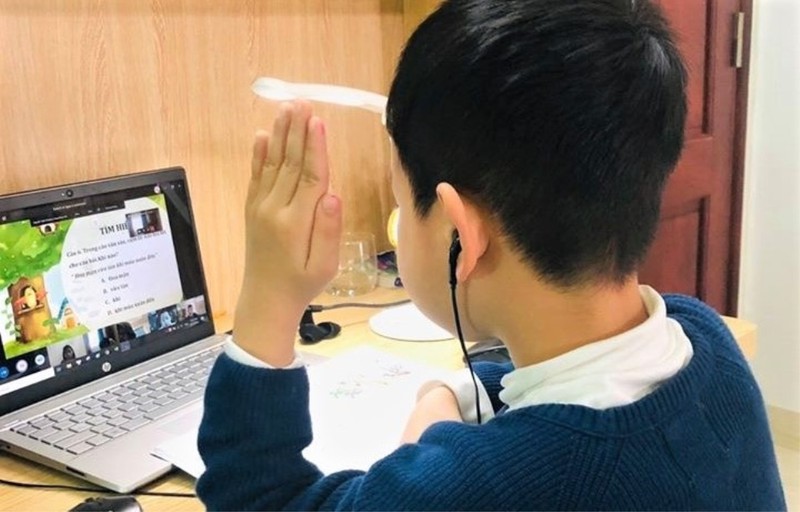 |
This is similar to the situation in Vietnam. During the outbreak in April last year, teacher Phan Van Tri from Long An High School for the Gifted, told VietNamNet that 70-80% of his students used phones to study online.
According to Tri, students choose phones because of their convenience and flexibility. With a mobile phone, they can study anytime, anywhere. However, mobile phones are more popular for high school students, who are given mobile phones by their parents.
The parents whose children are in primary and secondary schools let their children study using desktop computers and laptops.
Kaspersky's survey found that three out of five children in this region (60%) have technical difficulties having access to online lectures. The majority (79%) were helped by their parents when using the device, while 16% of students were able to solve technical problems on their own.
According to some teachers, high school students and university students in Vietnam are proactive in connecting online classes, while some elementary students need their parents’ assistance in the first stage.
In Vietnam, high school and university students often use applications such as Google Classroom, Zoom, Microsoft Teams. Meanwhile, primary and secondary students receive lessons via emails or apps like Zalo on their parents’ devices.
According to Kaspersky's survey, in order for children to have the necessary equipment for online classes, one in two families in the Asia-Pacific region (49%) with 2 or more children must purchase or rent additional devices. This is the second highest rate globally, only behind Africa (62%). It is followed by Latin America with 48%. The lowest recorded was in the Middle East at 42%.
Hai Dang

Vietnam officially approves online schooling
School princpals can decide on whether to organize online classes.

Second consecutive academic year affected by Covid-19 pandemic
Entering the second year of the pandemic, teachers and students across Vietnam are prepared to switch to online learning if necessary.